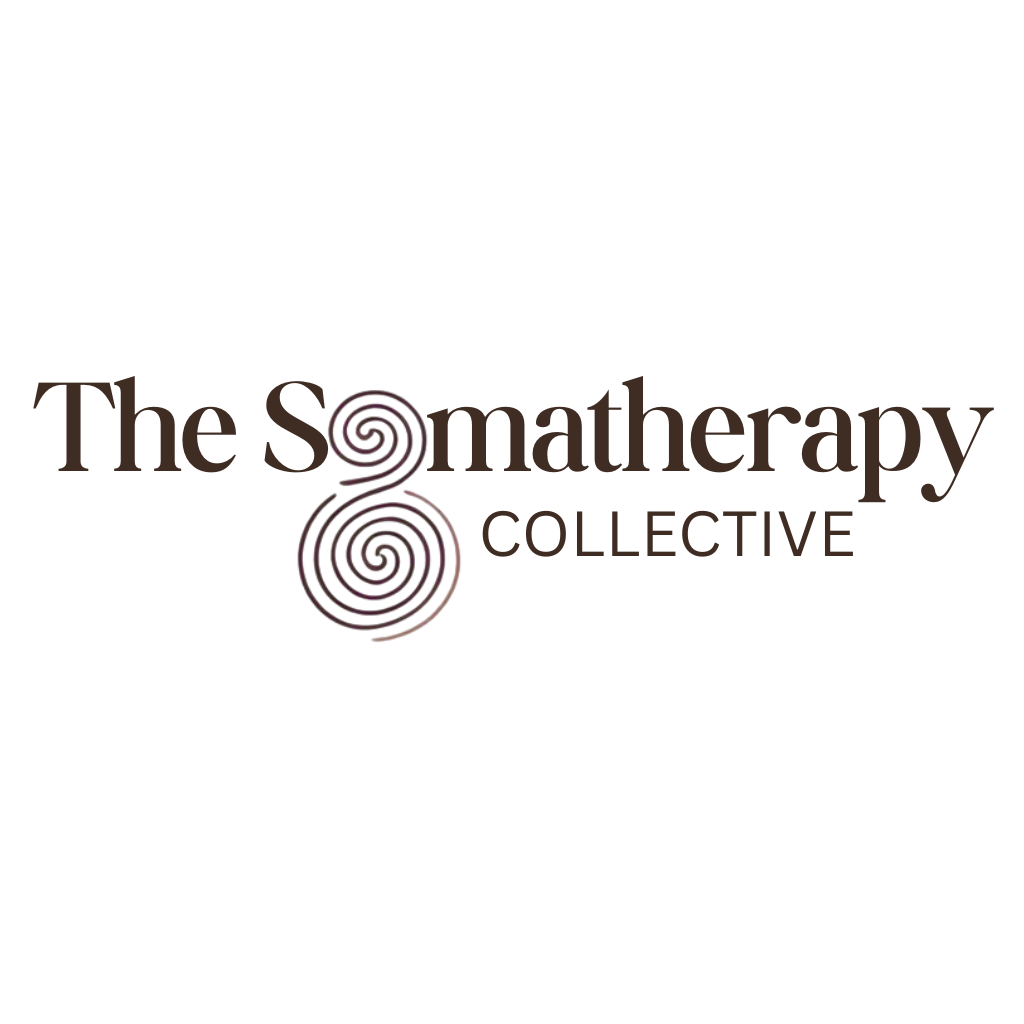From Overwhelm to Ease: The Art of Nervous System Repair
When “I Can’t Keep Up” Becomes Your Baseline
Overwhelm has become so normal that many of us wear it like skin.
The endless messages, decisions, and responsibilities blur together until every day feels like too much—and still, we push through.
If you’ve ever found yourself saying “I just can’t switch off” or “I’m constantly behind,” this isn’t a personal failure. It’s a message from your nervous system saying, “I need repair.”
Your nervous system is the command centre of safety. When it’s overloaded, everything—focus, emotion, digestion, even immunity—begins to strain. But with care, it can be retrained. Healing the nervous system is less about control and more about re-establishing a felt sense of ease.
What Overwhelm Really Is
Overwhelm is not weakness; it’s what happens when the load exceeds your body’s capacity.
The nervous system gets stuck between activation (fight/flight) and collapse (freeze).
You may notice:
Racing thoughts and tension that won’t ease
Emotional outbursts or numbness
Trouble sleeping even when exhausted
Feeling detached, foggy, or shut down
Difficulty making decisions
These are signs your system is trying to protect you from overstimulation. Your body has become the container for too much—too much pressure, too much noise, too little restoration.
When your capacity shrinks, even small things feel enormous. But capacity isn’t fixed; it can be rebuilt through repair.
Why Overwhelm Is a Nervous System Issue
Every sensation, thought, or stressor passes through the body first. The vagus nerve—the body’s internal safety switch—regulates whether you feel calm or threatened. When your life runs on constant alert, the vagus nerve loses tone; you remain in partial survival mode.
Cognitive tools like positive thinking or planning can’t override this. Your body must experience safety to believe it.
That’s why nervous system repair begins with the body—not the mind. Somatic therapy uses gentle, body-based practices to bring awareness, rhythm, and connection back to your physical self so your brain can finally stand down from high alert.
How Overwhelm Shapes Behaviour
When the nervous system is dysregulated, patterns emerge:
Perfectionism: the urge to control external chaos to soothe internal chaos.
People-pleasing: maintaining harmony to avoid threat.
Procrastination: freeze response disguised as avoidance.
Overworking: an attempt to outrun discomfort.
Each is an adaptive strategy—born from survival, not shame. Recognising these behaviours with compassion is the first step to change.
The Gentle Work of Repair
Nervous system repair is not dramatic. It’s not about huge breakthroughs or constant catharsis. It’s about consistent, small signals of safety that teach the body it no longer needs to brace for impact.
Some foundations of repair include:
1. Grounding in the Senses
Notice temperature, texture, or weight. Feel your feet. Anchor awareness to the present moment.
2. Orienting
Look around your environment slowly, letting the eyes land on colours or shapes that feel pleasant. This reminds your body you are here—safe, not trapped.
3. Breath with Softness
Instead of forcing deep breaths, try lengthening the exhale or sighing. Gentle exhalation activates the vagus nerve and releases stored tension.
4. Rhythm & Movement
Rocking, walking, swaying, or humming regulate the body through rhythm. The nervous system loves predictable movement; it’s the language of safety.
5. Connection
Co-regulation with others—talking, hugging, sharing space—helps your system borrow calm until it can generate its own.
Repair doesn’t happen through intensity; it happens through repetition. Your body learns through what it experiences daily.
Why This Matters
We live in what many call a polycrisis—ecological, social, and emotional overload. Our devices keep us perpetually stimulated; our nervous systems rarely complete a stress cycle.
Without repair, this chronic activation feeds anxiety, autoimmune conditions, and burnout. But when you restore balance, the ripple effects reach every area of life:
You sleep more deeply.
Creativity returns.
Relationships feel easier.
Decision-making clears.
Your energy becomes sustainable.
The goal isn’t a stress-free life—it’s the capacity to stay present without collapsing.
The Somatic Path to Ease
Somatic healing works by rebuilding communication between body and mind. It’s not about suppressing emotion; it’s about letting energy move. When sensations are felt instead of avoided, the nervous system completes its natural cycles of activation and rest.
Over time, your body remembers: I can handle this.
Ease is not apathy; it’s regulation. It’s what happens when your inner pace aligns with the rhythm of life again.
Introducing the 21-Day Nervous System Reset
If your days feel heavy with overwhelm, it may be time to give your body a reset.
The 21-Day Nervous System Reset is a guided, trauma-informed journey designed to help you restore regulation and rebuild resilience from the inside out.
Through daily somatic practices and reflection, you will learn to:
🌿 Reconnect with your body’s natural rhythms
🌿 Release chronic tension and hypervigilance
🌿 Expand capacity for calm, joy, and creativity
🌿 Develop nervous system literacy—understanding your unique signals
🌿 Build a daily ritual of restoration and repair
This is gentle, embodied work. Each day offers small, doable practices that support real nervous system change.
✨ Begins November 1
👉 Join the Reset: www.thesomatherapycollective.com
Final Reflection
You were never meant to live in perpetual overwhelm.
Your nervous system is designed for ebb and flow—for movement, rest, and renewal.
Repairing it isn’t self-indulgent; it’s an act of reclamation.
When you restore your system, you reclaim your energy, your boundaries, and your belonging.
Ease is not the absence of effort—it’s the return of alignment.
And from that place, everything begins to heal.
